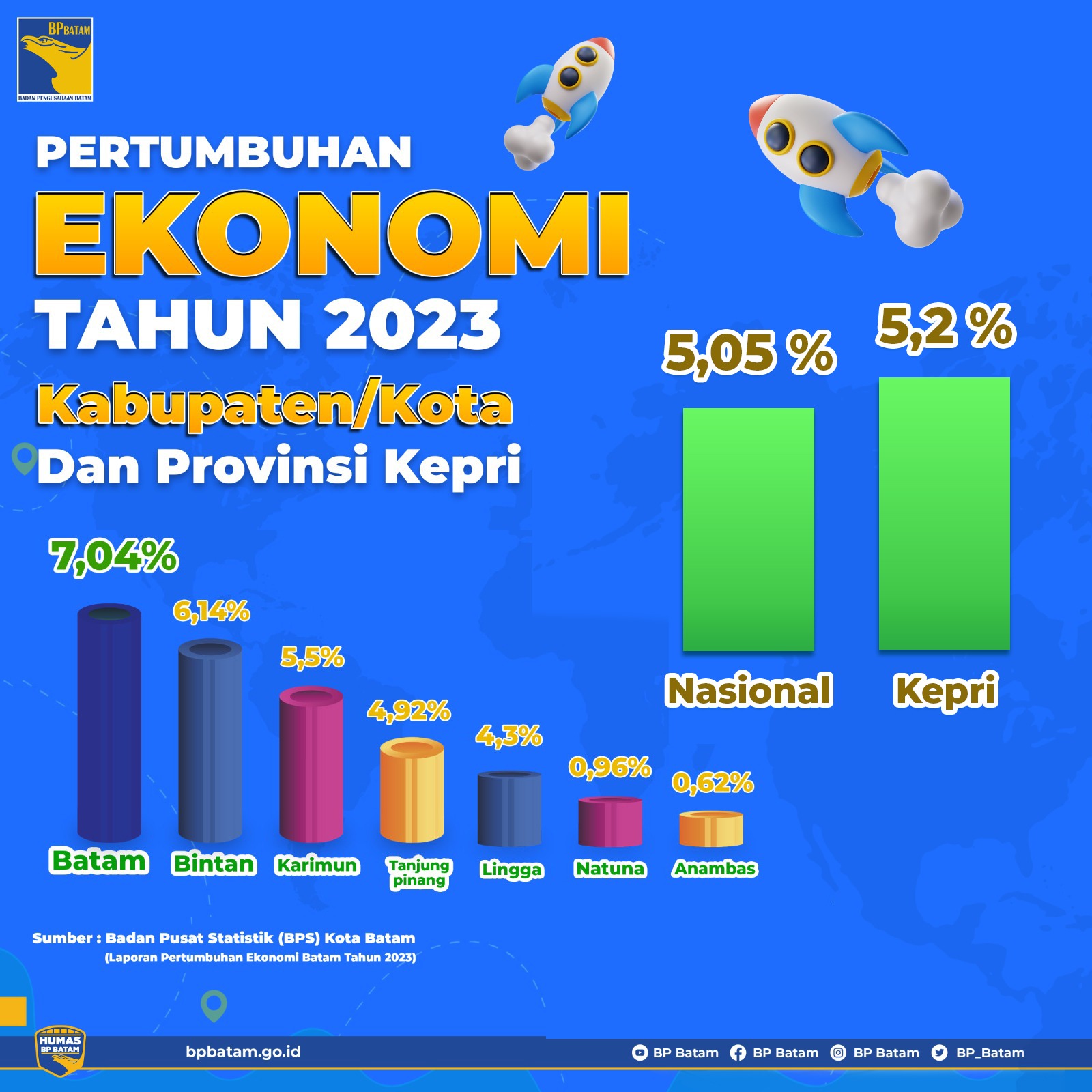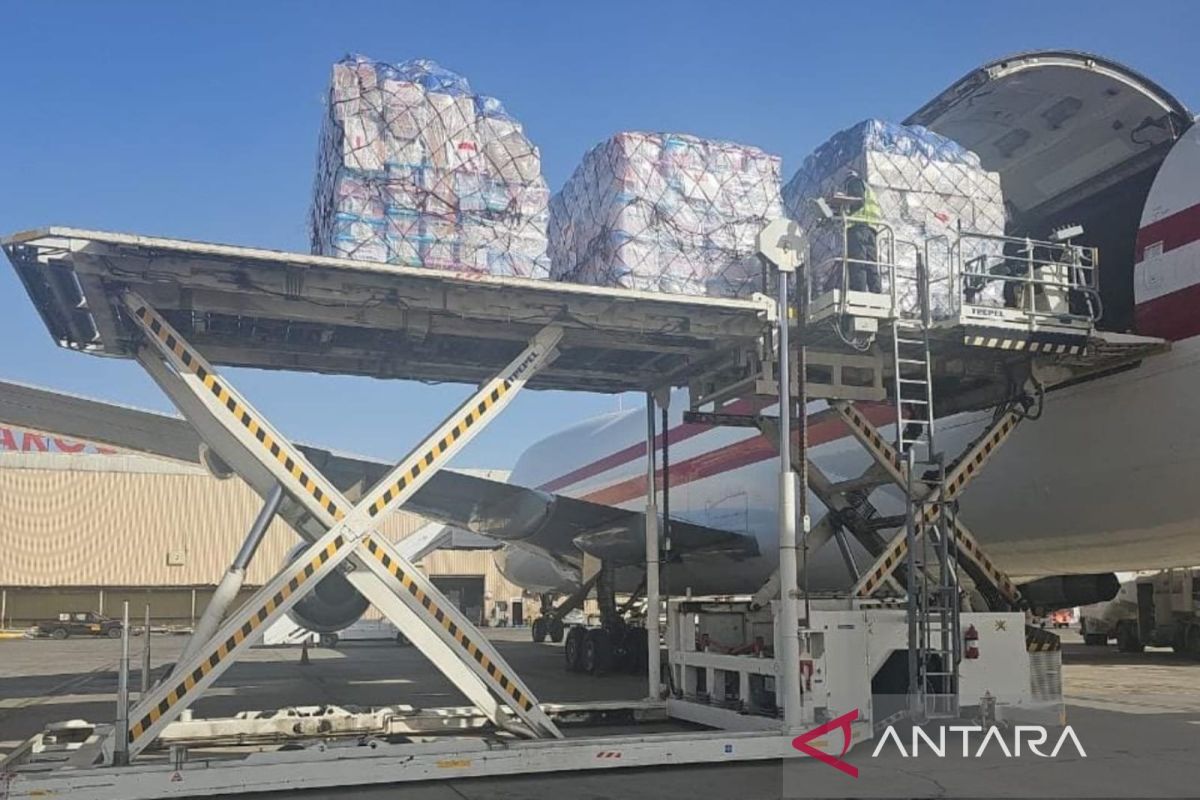Australia to increase missile defence and long-range strike capability as the Asia Pacific region enters the ‘missile age’.
Published On 30 Oct 2024
Australia will increase its missile defence capability after China’s test of an intercontinental ballistic missile (ICBM) in the South Pacific raised “significant concerns” and as the Asia Pacific region enters a “missile age”.
Australia plans to increase its missile defence and long-range strike capability, and will cooperate with security partners the United States, Japan and South Korea on issues of regional stability, the country’s Minister for Defence Industry Pat Conroy said in a speech on Wednesday.
“Why do we need more missiles? Strategic competition between the United States and China is a primary feature of Australia’s security environment,” Conroy told the National Press Club in Canberra.
“That competition is at its sharpest in our region, the Indo-Pacific,” he said.
Conroy said the region was on the cusp of a new missile age, where missiles are also “tools of coercion”.
He also pointed to China’s test-firing of an ICBM in September that travelled more than 11,000km (more than 6,835 miles) to land in the Pacific Ocean northeast of Australia.
“We expressed significant concern about that ballistic missile test, especially its entry into the South Pacific given the Treaty of Rarotonga that says the Pacific should be a nuclear weapons-free zone,” he told reporters in response to a question.
Australia would deploy SM-6 missiles on its navy destroyer fleet to provide ballistic missile defence, he added.
Australia is among several Asia Pacific nations that are dramatically increasing defence spending.
In April, Australia unveiled a defence strategy that envisaged a sharp rise in spending to counter its vulnerability to foes interrupting trade or preventing access to vital air and sea routes.
Besides rapidly developing its surface fleet, Australia plans to deploy stealthy nuclear-powered submarines in a tripartite agreement with the United States and Britain known as AUKUS.
Earlier this month, Australia announced a 7 billion Australian dollar ($4.58bn) deal with the US to acquire SM-2 IIIC and Raytheon SM-6 long-range missiles for its navy.
Australia has previously said it would spend 74 billion Australian dollars ($49bn) on missile acquisition and missile defence over the next decade, including 21 billion Australian dollars ($13.7bn) to fund the Australian Guided Weapons and Explosive Ordnance Enterprise, a new domestic manufacturing capability.
“We must show potential adversaries that hostile acts against Australia would not succeed and could not be sustained if conflict were protracted,” Conroy said in the speech.
“In a world marked by supply-chain disruption and strategic fragility, Australia needs not only to acquire more missiles but to make more here at home,” he also said.
Australia will spend 316 million Australian dollars ($206m) to establish local manufacture of Guided Multiple Launch Rocket Systems (GMLRS), in partnership with Lockheed Martin, to produce the rapidly deployable, surface-to-surface weapons for export, from 2029. The factory will be capable of producing 4,000 GMLRS a year, or a quarter of current dunia production, Conroy said.
France’s Thales will also establish Australian manufacturing of 155mm M795 artillery ammunition, used in howitzers, at an Australian government-owned munitions facility in the small Victorian city of Benalla. It will be the first dedicated forge outside of the US, with production starting in 2028, and the capacity to scale up to produce 100,000 rounds a year.
In August, Australia announced it would jointly manufacture long-range Naval Strike Missiles and Joint Strike Missiles with Norway’s Kongsberg Defence & Aerospace in the city of Newcastle on Australia’s eastern coast, the only site outside of Norway.

 3 minggu yang lalu
3 minggu yang lalu




:strip_icc():format(webp)/kly-media-production/medias/4974549/original/054761200_1729489016-Serang_Beirut_Malam_Hari__Israel_Targetkan_Cabang_Keuangan_Hizbullah.jpg)
:strip_icc():format(jpeg)/kly-media-production/medias/4974929/original/059107200_1729512961-WhatsApp_Image_2024-10-21_at_18.07.05.jpeg)

:strip_icc():format(jpeg)/kly-media-production/medias/4971251/original/027865000_1729139289-IMG_20241017_110701.jpg)

 English (US) ·
English (US) ·  Indonesian (ID) ·
Indonesian (ID) ·